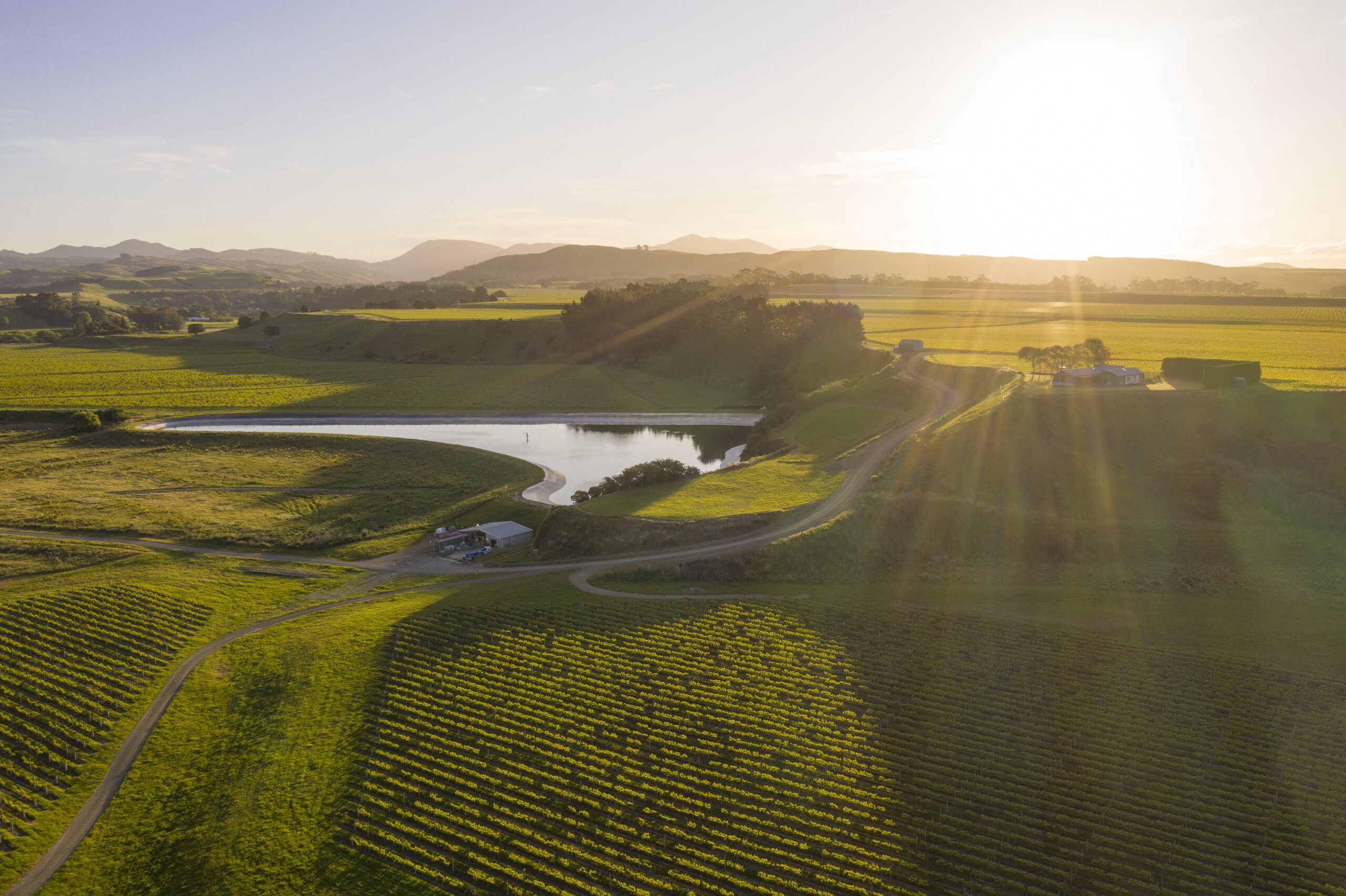August may be the last month of winter but that never stops it from being relentlessly chilly, which may be why the Pour and Explore events last month were so warmly embraced by visitors and locals alike.
The concept, according to well distributed print material promoting Pour and Explore, was to inject warmth into a cool time of year by boosting business around Martinborough. And there was plenty to boost it, both in volume and in range. There was book binding, walk in gin sessions and upcycling clothing to wine tastings.
The middle Saturday of August was scheduled with an event called Discover Te Muna, organised by wineries in Te Muna Valley.
The place lives up to its te reo Māori name. It is a bit of a secret, to many who have not visited the valley, and its wines are pretty special. I first visited Te Muna Valley in the 1990s when there were fewer than 50 hectares of vines planted there and Master of Wine Steve Smith showed me the rock structure down at the Huangarua River as he explained his big vision for Craggy Range. Today, there are about 340 hectares of vines planted in Te Muna Valley, the majority in Craggy’s vineyards.
So, I’m no stranger to this majestic valley and it was a great experience to host a Discover Te Muna tasting in August to convey some of what makes it so special to a group of nearly 20 people who paid to attend.
It was a structured afternoon, set up at Craggy Range’s new private hosting facility, which offers sweeping views across the often windswept Te Muna Valley.
Do the wines from Te Muna taste noticeably different to those from those in Martinborough and the wider Wairarapa wine region?
That’s tricky. The most planted grape in the region is Pinot Noir, which makes up approximately 50% of grapes grown across the Wairarapa and a massive 75% of the red grape vineyard area throughout Aotearoa New Zealand.
Pinot Noir from the Wairarapa is characterised by firm structured tannins, which are accentuated by the strong winds in the region. Te Muna sits at a higher elevation than Martinborough village ranging from 70 metres above sea level (msl) to 90 msl.
And, as winemaker Jeremy Corban once told me,
“Te Muna feels like it has the charm of Martinborough but with all the dials turned up in terms of strong winds, frost risk and high diurnal (day and night) temperature variation.”
It’s an apt description but one that has yet to be quantified in the wine glass. It is accurate to say, however, that Te Muna Valley’s wines are among the best in New Zealand, particularly the Pinot Noirs.
The majestic valley itself reminds me of my own turangawaewae, Te Wāhipounamu – the South Island.
Find out more about Discover Te Muna events
from Blue Earth Wines, email: margaret@blueearthestate.co.nz
TRY THESE
2021 Te Hera Pinot Noir RRP $29 to $39-ish
Winemaker John Douglas has one of the oldest vineyards in Te Muna Valley. All grapes are hand-picked grapes, certified organic and fermented with wild yeasts 25 to 28 days on skins, followed by 21 months in French oak, 10% new. There’s no fining or filtration – this is a pure expression of Pinot Noir from a cool (and windy) climate – big structure with an elegant core.
2021 Escarpment Pahi RRP $85
Pahi Vineyard produces outstanding Pinot Noirs, all made from hand-picked grapes, fermented with indigenous yeast and hand plunged once a day with 25 days of skin contact. Ageing is in French oak, 25% new oak, with no fining or filtration. Red fruits, wild herbs and gamey aromas bring depth, complexity and wow-ness to this fab Pinot.



